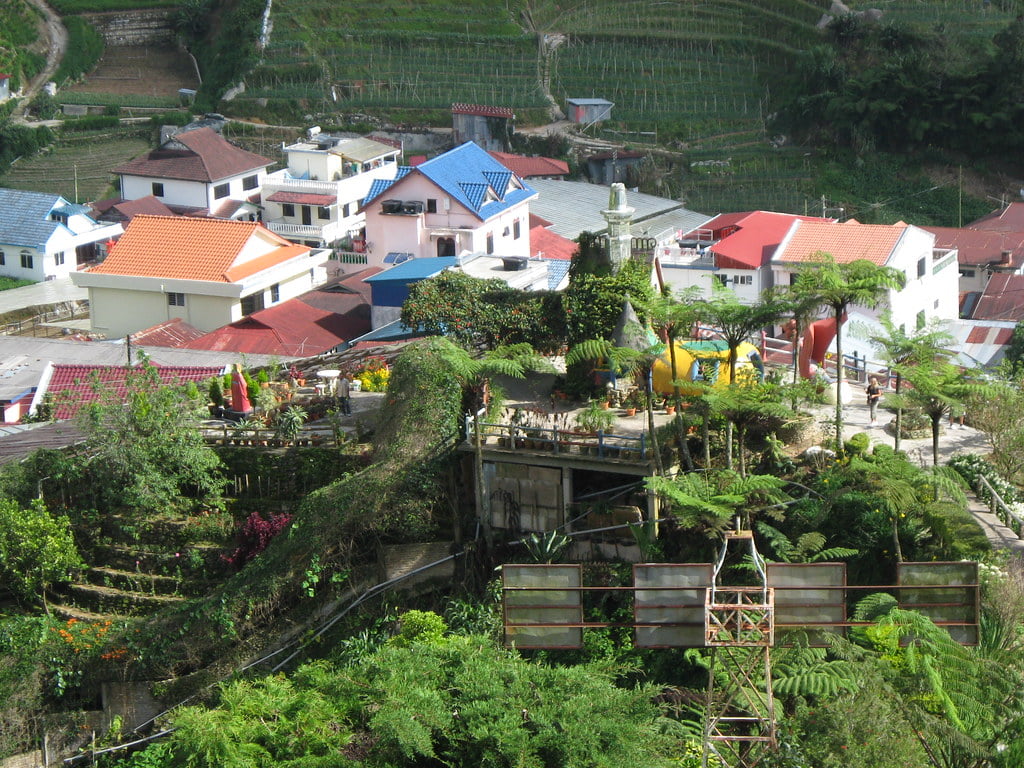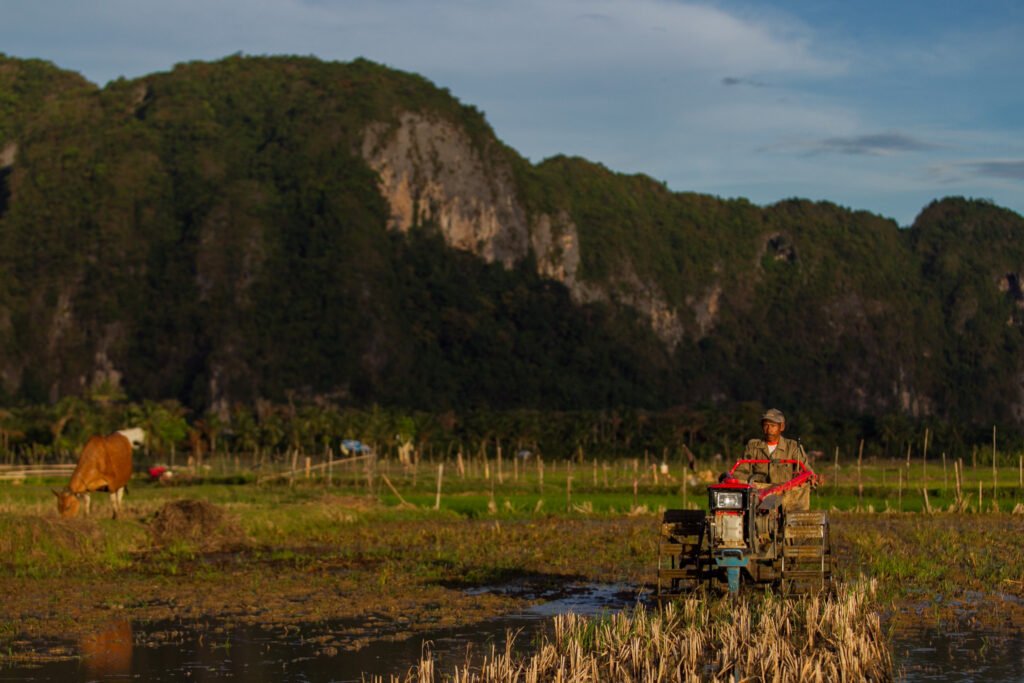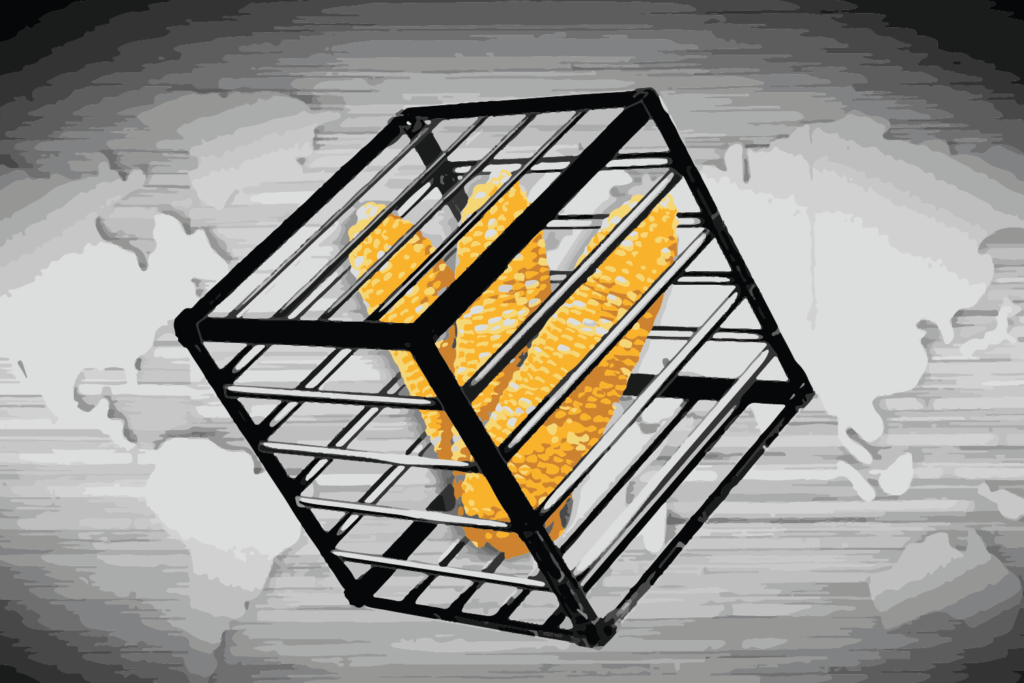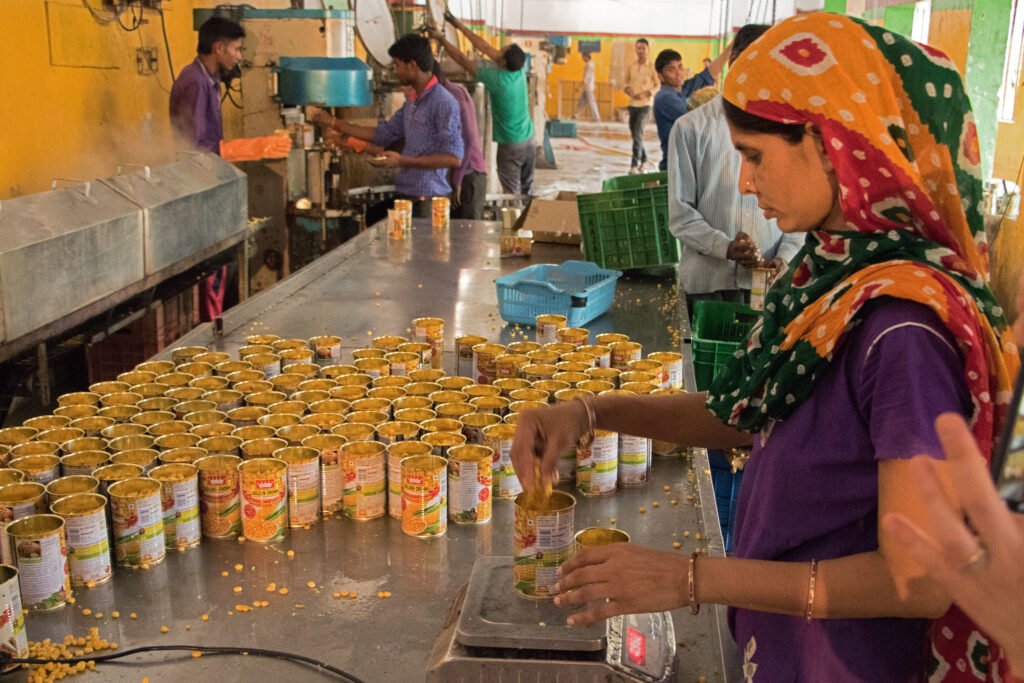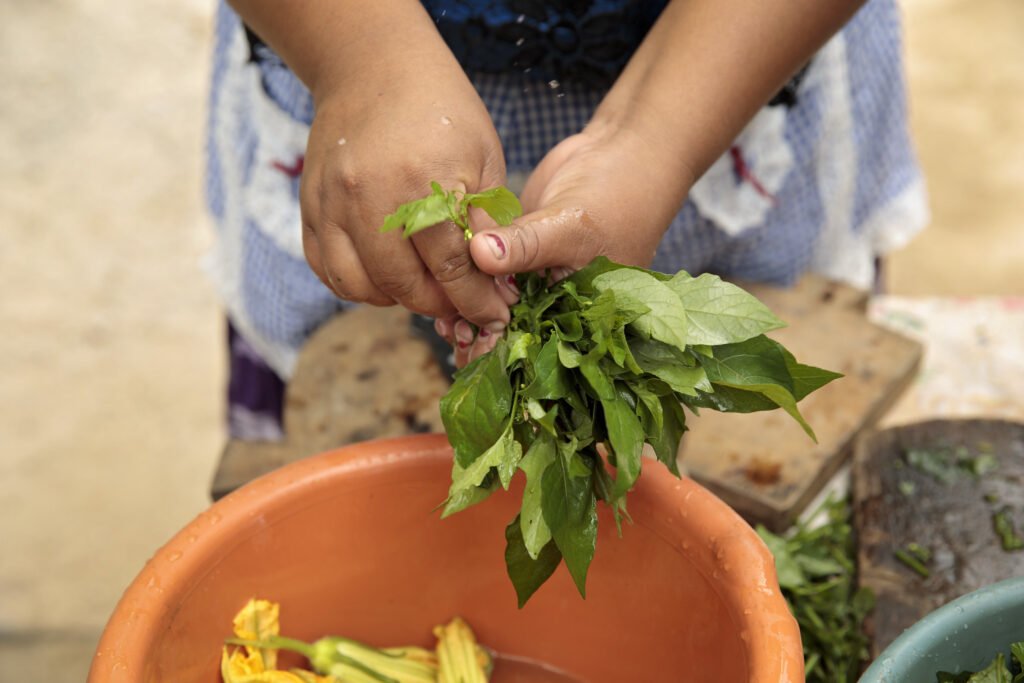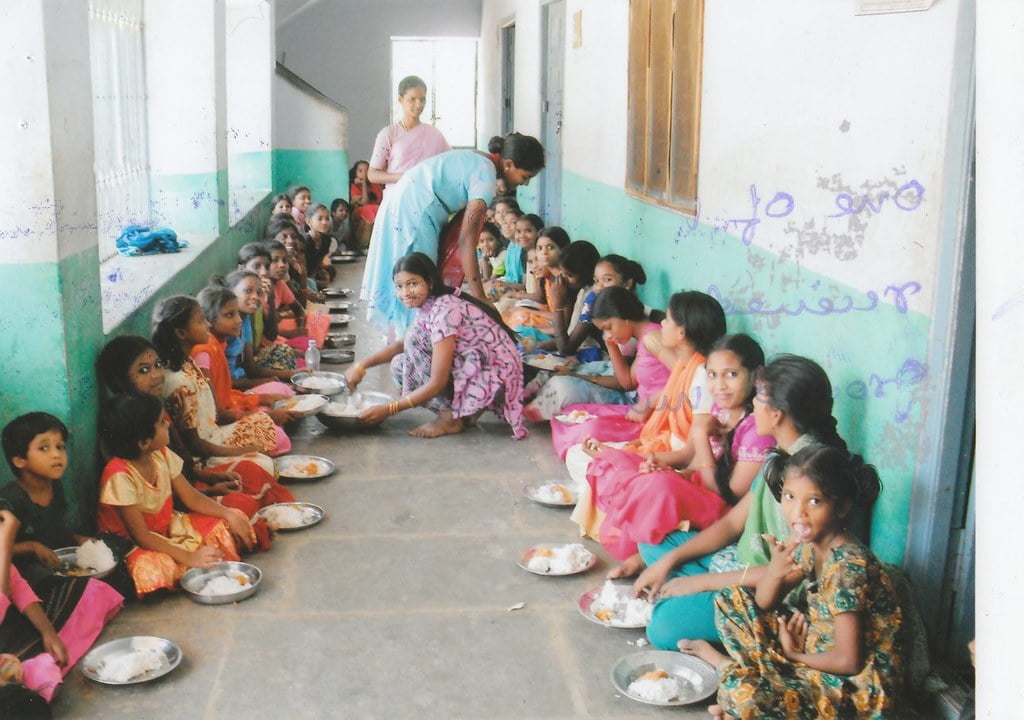India’s food subsidy programs have the capacity to respond to increased demand. Thoughtful adjustment would reap large-scale benefits.
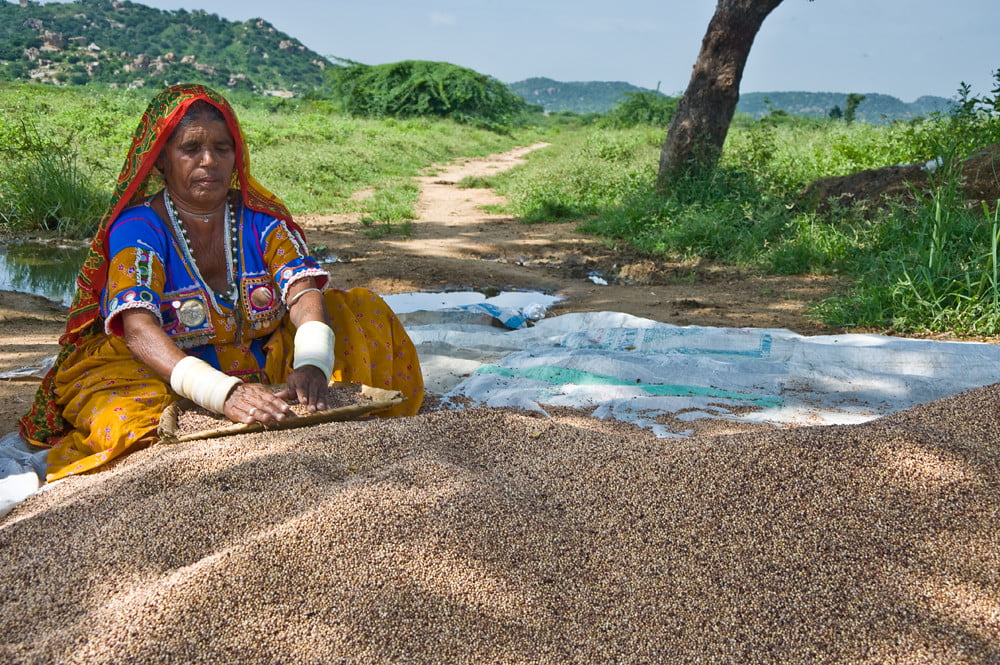 A tribal woman farmer cleaning sorghum grains in Mahboobnagar District of Andhra Pradesh, India. : VIDYASAGAR/ICRISAT
A tribal woman farmer cleaning sorghum grains in Mahboobnagar District of Andhra Pradesh, India. : VIDYASAGAR/ICRISAT
India’s food subsidy programs have the capacity to respond to increased demand. Thoughtful adjustment would reap large-scale benefits.
COVID-19 lockdowns aggravated food deprivation in India. The pandemic also revealed opportunities to expand the country’s food subsidy programs.
India’s Public Distribution System (PDS) offers subsidised food grains to eligible households. Public pressure during COVID-19 lockdowns led to a brief expansion in the number of beneficiaries in states such as Delhi. Though temporary, the expansion covered groups who were particularly hard hit by the unforeseen and severe lockdown, such as migrant workers who were suddenly unemployed.
Despite continuing hunger and food deprivation, allocation under the distribution scheme has returned to levels for ‘normal’ times. The scheme is now limited to those who were eligible for it before the pandemic, jeopardising the food security of a large number of impoverished people. A reading of the food security laws that does not factor in yearly population growth has prevented the government from expanding the pool of eligible beneficiaries.
In the early days of the stringent lockdown of 2020, many experts urged the government to universalise or at the very least significantly expand the distribution scheme to ensure ease of access to food rations. Indian economist and Nobel prize winner Amartya Sen advocated making “feeding arrangements” on a “national scale” and being attentive to the crisis of employment faced by vast numbers of the poor.
To some extent, an expansion of the food distribution system did take place. First, the central government temporarily increased subsidised food rations for existing holders of ration cards (official documents that entitle eligible families to subsidised food grains). Second, some state governments temporarily extended rations to households that did not have ration cards.
The expansion of the subsidised grain system for existing beneficiaries was important and expansion beyond existing ration-card holders was also crucial. But the Delhi Rozi Roti Adhikar Abhiyan (Delhi right to food and work campaign) reported access to the scheme for those without ration cards, was initially via e-coupons. This system was inaccessible for many because those in need of rations generally did not have access to the internet or smartphones in order to apply for the e-coupons.
Later, the system was modified to allow registration at food-distribution sites. But beneficiary numbers were so limited this translated into long periods of waiting, with no guarantee of receiving grain. Many in need could ill afford to lose a day’s work and were therefore unable to access the rations.
A substantial number of those outside the distribution scheme should normally have had access to ration cards: 75 percent of the rural population and 50 percent of the urban population is supposed to be covered under the ‘rights-based framework’ of the National Food Security Act (NFSA) 2013. But the proportion of the population covered in 2020, when the pandemic struck, was far lower than this. The distribution scheme had been capped based on the most recent population figures available in 2013, and these dated back to the 2011 census.
India’s food security act relies on population estimates in the census. The government then also applied a ceiling on the population to be covered, based on 2011 Census data, and this ceiling was to be applicable ‘till data from the next population census, became available. The next census is the decadal census of 2021, for which enumeration is yet to begin.
Another interpretation of the food security act in keeping with its legal framework is that a yearly revision of the number of eligible persons should be done using an annual projection of population. This projection should be based on population growth rates calculated from census data.
The act also specifies that two kinds of entitled households may be covered under the distribution scheme: “priority households” and Antyodaya Anna Yojana (AAY) households. AAY is a scheme launched by the government in 2000 to address the food security needs of the poorest and most vulnerable households. These included households headed by widows, terminally ill people, the disabled or people aged 60 years or above with no assured means of subsistence or societal support. Because of their vulnerability, the monthly food entitlement of AAY households is usually higher than that of priority households.
The government has been capping the number of eligible households covered under the AAY since 2015. When an AAY household becomes ineligible for the scheme, a government control order says “no new Antyodaya household shall be identified in that state and the total number of Antyodaya households shall be reduced to that extent”.
The numbers covered under the AAY scheme are now expected to decline over time, and by 2017, two years after the control order was issued, grain allocations under the AAY had reduced to virtually nil. The legal framework of the food security act in no way compels the executive to restrict implementation in such a manner.
Effective implementation of rights-based legislation such as the NFSA depends on ongoing assessment of eligibility. To support this, numbers of eligible persons in rural and urban areas could be revised upward each year. Also, state governments should issue ration cards on an ongoing basis. This alone would ensure the entitled proportion of rural and urban populations could access cheap grain. For this, updated lists of entitled households could be made publicly available. This legal requirement is not being followed in Delhi and elsewhere.
Regularly expanding the beneficiaries and being transparent about eligibility would help ensure India’s food subsidy program delivers for those who need it.
Nandini Nayak is Assistant Professor at the School of Development Studies, Ambedkar University Delhi (AUD). Her ongoing research is on the implementation of social policy, especially related to the National Food Security Act and the National Rural Employment Guarantee Act.
Originally published under Creative Commons by 360info™.


